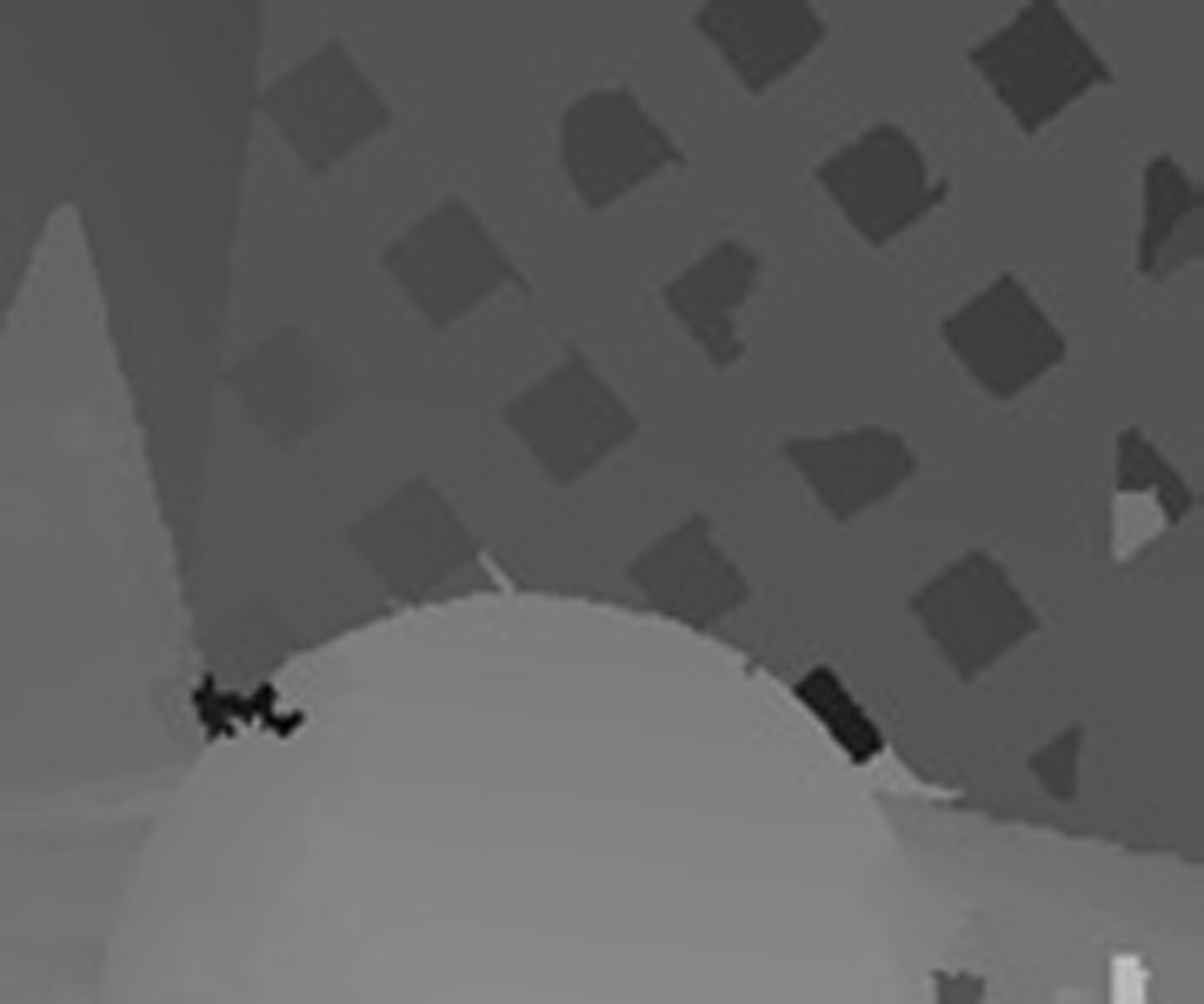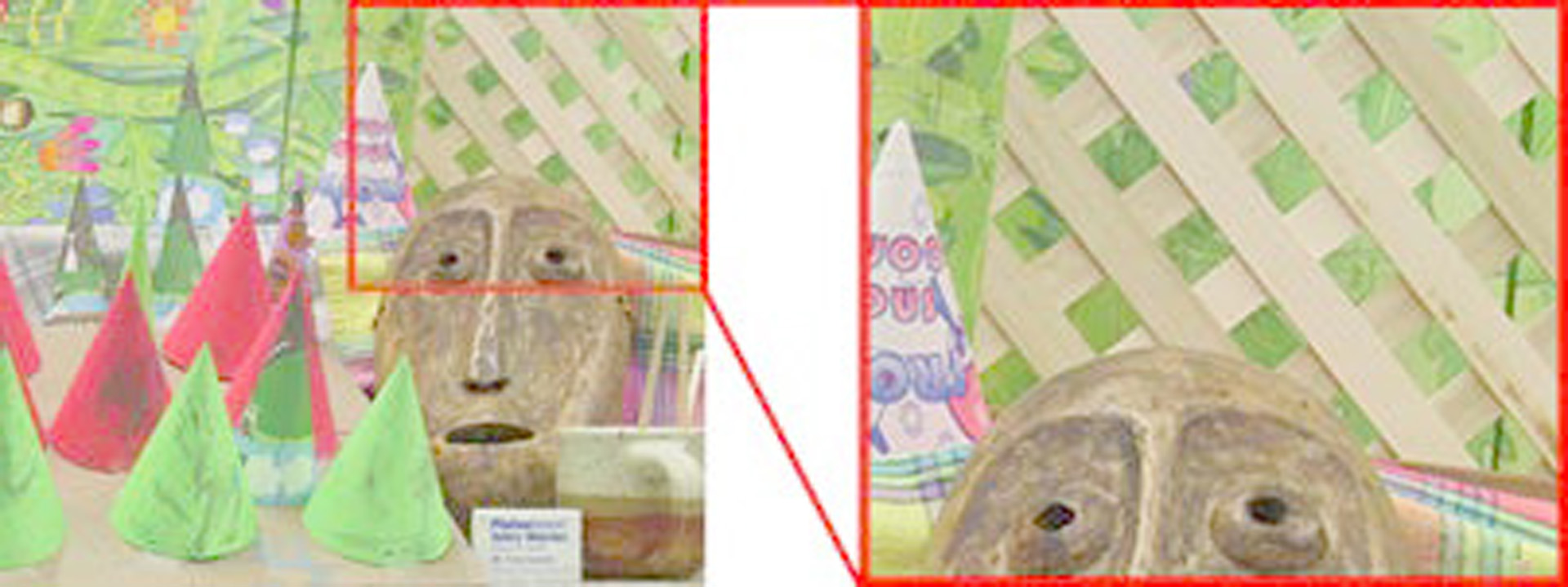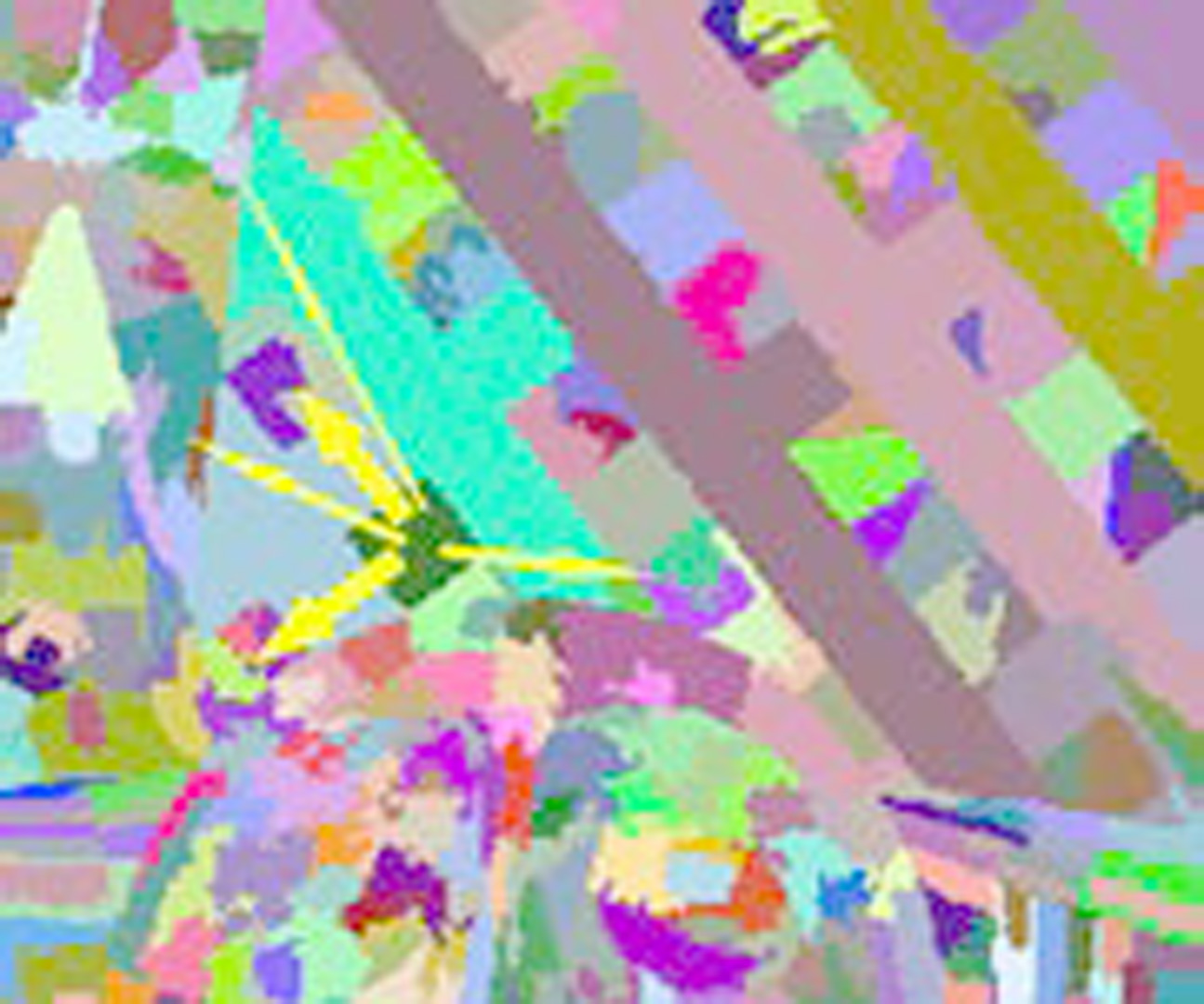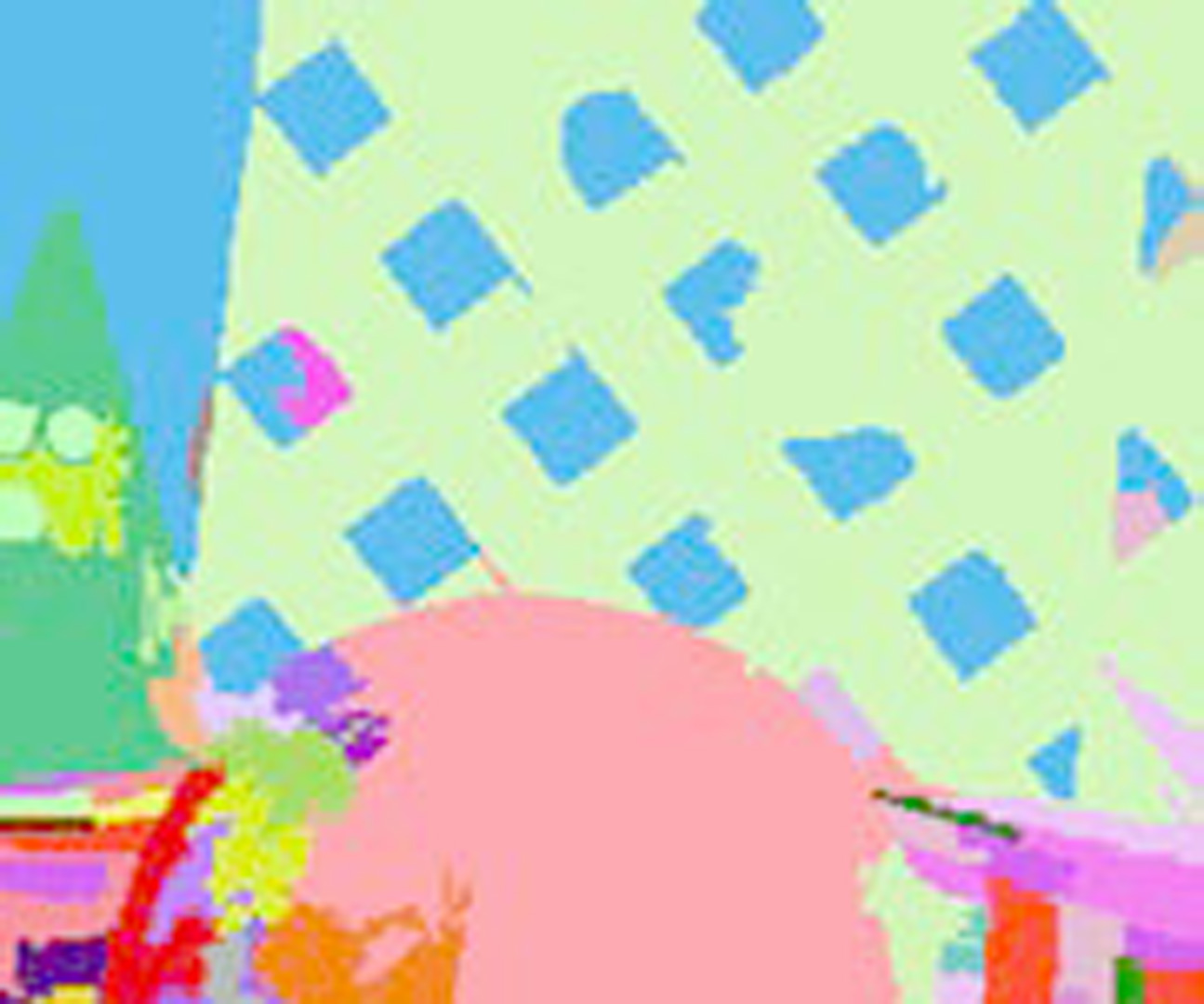“Segmentation based Stereo Matching Using Color Grouping” by Wang, Chang, Lin and Ouhyoung
Conference:
Type(s):
Entry Number: 25
Title:
- Segmentation based Stereo Matching Using Color Grouping
Presenter(s)/Author(s):
Abstract:
Segment-based methods become significant researches since they produce better result on the standard dataset [Scharstein and Szeliski 2002]. The kernel spirit is that all pixels in the same segment are regularized by a 3D geometric plane or a surface spline. This strategy better discriminates region discontinuities and achieves intra-object smoothing. However, few methods explicitly handle 2D-fragmented regions which are actually connected in 3D space. Such case often happens on the background occluded by several objects. To our knowledge, only object stereo [Bleyer et al. 2011] propose a 3D connectivity term in their optimization frame- work. Different from their method, our idea is to use proximity constraint based on color cues to evaluate the scene geometry. The proximity is widespread in real scenes and is recognized by human perception system – separate segments with similar colors usually come from the same object in real world. We propose a segment- based proximity formulation into the energy minimization frame- work. Figure 1 shows the proximity idea, the recovered segment connectivity, and the disparity reconstruction in case “cones” of the Middlebury dataset [Scharstein and Szeliski 2002].
References:
- Bleyer, M., Rother, C., Kohli, P., Scharstein, D., and Sinha, S. 2011. Object stereo — joint stereo matching and object segmentation. In Proceedings of the 2011 IEEE Conference on Computer Vision and Pattern Recognition, IEEE Computer Society, Washington, DC, USA, CVPR ’11, 3081–3088.
- Scharstein, D., and Szeliski, R. 2002. A taxonomy and evaluation of dense two-frame stereo correspondence algorithms. International Journal of Computer Vision 47, 7–42.
Additional Images:

Acknowledgements:
This work is partially funded by NSC 101-2221-E-002-204-MY2 and 102-2622-E-002-013-CC2 (Taiwan).






